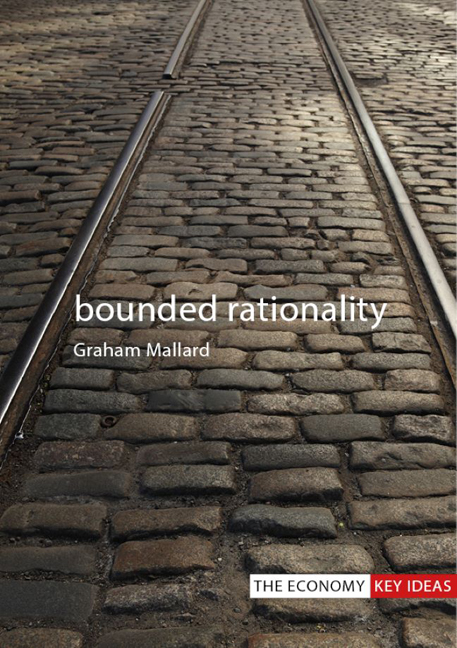4 - Approaches of optimization with additional constraints
Published online by Cambridge University Press: 20 December 2023
Summary
The modern view of the decision-making process, illustrated in Figure 4.1, is one in which we draw information from our environments but also work with those environments, shaping and using them, to make our decision-making more straightforward. We outsource the storage of certain information and the provision of certain solutions in order to ease the cognitive burden we bear and so reduce the decision fatigue we experience. Consider the “to-do lists” we magnetically attach to our fridges or the hooks we put in our cupboards so we can hang up the keys to the utility meter boxes and the shed. Such uses of our environments are known as Gibsonian affordances and we use them widely to free our minds of unnecessary mental demands. A decision-maker is faced with a problem and so begins a search of her environment for relevant information but also for opportunities that will be helpful in solving it. It is through repeating such a search-affordance-response sequence that she identifies her choice from amongst the possible alternatives. In a sense, the environment holds the solution as well as the problem, and the distinction between the decision-maker and her environment is almost unidentifiable.
As Figure 4.1 shows, there are three elements to our decision-making process: the information we generate from our environments, our ability to process that information in conjunction with our environments, and the possible responses we find. The second general approach to modelling bounded rationality is to maintain the assumption that we seek optimal outcomes and so engage in optimization processes when making our decisions, but with additional constraints imposed at one or more of these stages in our decision-making. These additional constraints and their effects are examined in this chapter.
Constraining information
Consider a time when you’ve gone from shop to shop, or have flicked from one website to another, looking for a particular item. How did you remember the options and their prices as you did so? And how did you make the final choice? And consider the last time you voted in an election or tried to hire the services of someone with much greater knowledge than yourself, such as a therapist or plumber.
- Type
- Chapter
- Information
- Bounded Rationality , pp. 61 - 88Publisher: Agenda PublishingPrint publication year: 2020



